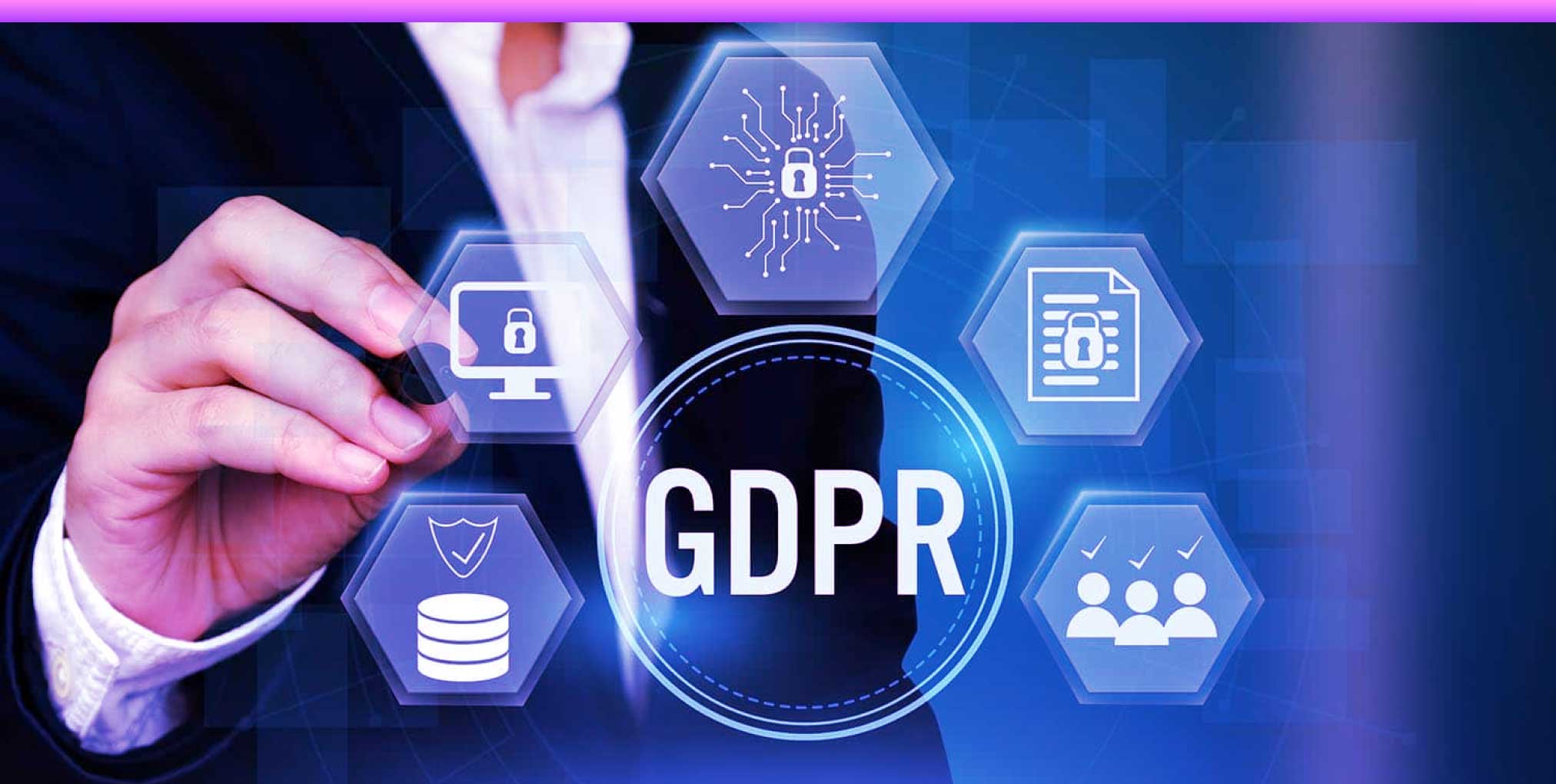

September 6, 2023
What are the applications of Predictive Modeling?
Predictive modeling has become increasingly popular in business and academia. It allows users to make informed decisions based on data analysis. It uses data, statistical algorithms, and machine learning techniques to identify the likelihood of future outcomes based on past data.
From finance to healthcare, predictive modeling has been applied across many industries to maximize efficiency and optimize decision-making. Through its data analysis methods, predictive modeling provides insights into patterns. Moreover, it also assists in detecting anomalies.
This blog will explore the various applications of predictive modeling and how it can benefit businesses and industries.
Business Analytics
Predictive modeling has become a crucial tool in the field of business analytics. This technique helps businesses make informed decisions, providing them with a clear understanding of future outcomes.
For example, a retail business can use predictive modeling to forecast sales for a particular product. It helps them make informed pricing, marketing, and inventory decisions.
With the help of predictive modeling, businesses can gain a competitive edge and reduce costs. Predictive modeling has become invaluable for making data-driven business decisions in this fast-paced business world.
Financial Forecasting
In today’s rapidly changing financial landscape, there is a growing need for accurate and reliable financial forecasting. Predictive modeling enables financial institutions to identify trends and make informed projections about future market conditions.
Using machine learning algorithms, banks and other financial organizations can:
- Develop comprehensive risk management strategies
- Optimize investment portfolios
- Streamline operational processes.
Moreover, predictive modeling provides a means for financial professionals to gain insights into customer behavior. It enables them to customize services to meet the client’s needs.
As predictive modeling continues to evolve, it has become an essential part of the financial industry. It is driving growth and profitability for businesses across the globe.

Healthcare Decision Making
Predictive modeling has become a critical tool in healthcare decision-making in recent years. Healthcare professionals can make informed predictions about patient outcomes by analyzing large amounts of patient data.
Predictive modeling allows healthcare providers to:
- Allocate resources better
- Identify high-risk patients for specific conditions
- Predict the likelihood of readmission or other adverse outcomes.
With the help of machine learning algorithms and other advanced technologies, predictive modeling is now an essential part of modern healthcare. By using AI to make better decisions, healthcare providers can provide higher-quality care to patients.
Customer Relationship Management (CRM)
In today’s business landscape, customer relationship management (CRM) has become crucial to any successful enterprise. Predictive modeling is applied to CRM to predict customer behavior, preferences, and needs. This allows businesses to anticipate customer demands and drive revenue growth.
A well-developed predictive model can help businesses identify customer patterns and tailor their marketing strategies for maximum impact. Applying predictive modeling to CRM can also aid in customer retention efforts. It increases customer loyalty and engagement.
By using the power of predictive modeling, businesses can stay ahead of the competition and enhance their customer relationships. It ultimately leads to long-term success for the companies.
Weather and Climate Prediction
Predictive modeling has numerous applications in scientific and commercial settings, including weather and climate prediction. With advanced technology and data analysis, accurate weather and long-term climate predictions are now achievable.
Predictive modeling can deliver critical insights into future weather events by analyzing data from various sources, such as satellite imagery, historical weather patterns, and climate models. They impact everything from transportation to energy production.
As such, predictive modeling is essential for anyone looking to mitigate risk and capitalize on opportunities in the shifting landscape of weather and climate dynamics.

Content Recommendation
One of the most exciting applications of predictive modeling is in the realm of content recommendation. By analyzing users’ preferences, predictive algorithms can make educated guesses about what type of content they will enjoy. This technology is currently utilized by various streaming platforms and social media networks to suggest movies, TV shows, and articles to their users.
Not only does this make it easier for consumers to find the content they’re interested in, but it also helps content creators reach their ideal audience. As predictive modeling continues to improve, we can expect more personalized recommendations that cater to each individual’s unique tastes.
Equipment maintenance
Predictive modeling has proved a valuable tool for equipment maintenance in various industries. Using historical data, machine learning algorithms can predict when equipment will likely fail. It allows maintenance teams to intervene before an issue becomes catastrophic. This approach can save businesses money and resources by reducing unexpected downtime and expensive repairs.
Whether it’s analyzing sensor data on a manufacturing line or monitoring the health of an airplane engine, predictive modeling can provide invaluable insights. They lead to proactive maintenance and improved equipment performance.
And just like that, we’ve reached the end of our journey through the world of predictive modeling applications! I hope you’ve enjoyed this wild ride as much as I have. From fraud detection to weather forecasting, the possibilities are endless regarding this cutting-edge technology. Before implementing it is important to deeply understand the best practices and predictive modeling tips. This knowledge ensures optimal utilization of predictive modeling techniques.
So, what have we learned? For starters, the future is more unpredictable than we once thought. Predictive modeling allows us to make accurate predictions, mitigate risks, and even turn our wildest business dreams into reality. So, let’s raise a glass to the marvels of technology and the exciting advancements.








